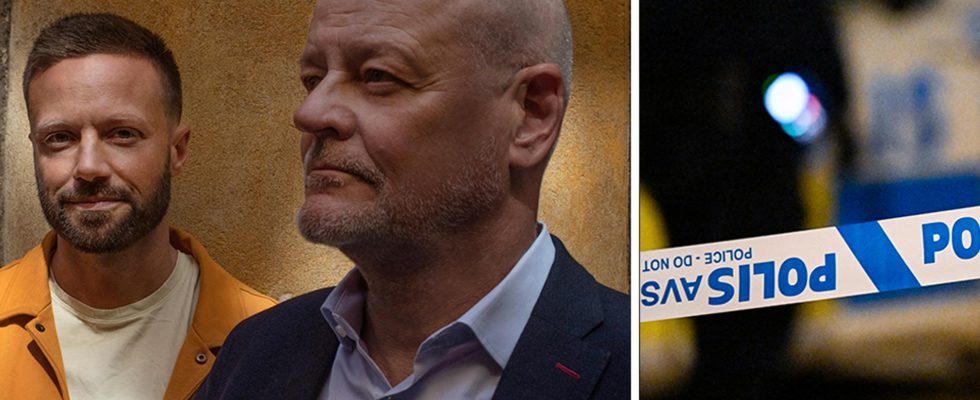The gang’s deadly violence plagues Sweden – but it could get worse.
The reason: The clans behind the gangs are so organizationally strong, according to the authors of a new book.
– We can get used to the fact that one family owns Örebro, and another owns Hallsberg, says Johannes Wahlström.
The crime-linked clans in Sweden come from the Balkans, the Middle East and Africa, according to journalist and political scientist Johannes Wahlström, who together with security expert and ex-policeman Jan Persson wrote the newly published book Clans.
– We have discovered a fairly broad system of people who collaborate with each other very intricately, like large family businesses. A fraction engages in criminal activities, says Johannes Wahlström.
But via the clans’ legal activities, the proceeds of crime are laundered.
– We have studied all judgments regarding serious crimes in Sweden in the last five years – thousands of judgments and preliminary investigation reports – to get an overall picture, says Johannes Wahlström.
He gives an example that reveals the underlying structure:
– Over the course of a short time, there are perhaps 30 people who went there for drug sales in one and the same area. We have been able to show that these people are related to each other and that they sent the winnings to the same company’s bank account. It could be a restaurant or a casino, owned by a relative of all 30 convicted.
Found in all positions in society
Wahlström and Persson’s mapping shows how the criminal and the non-criminal activities are connected.
– The clans share the profit from the criminal act, but also the profit from the non-criminal one, says Johannes Wahlström.
According to Wahlström and Persson’s mapping, the clans have representatives in all possible positions in society. It is about, among other things, bank officials, politicians and municipal officials.
– In the banks, they arrange loans, or give permission for money transactions. It could be money that comes in from fraud, maybe SEK 20-30 million. Then the bank clerk can approve the transaction and ensure that the money is quickly transferred to another account.
Turnover hundreds of billions
About 40 clans with 100s of people in a number of Swedish cities turn over hundreds of billions of kroner every year, he states:
– In a report from the EU Commission, it is stated that Swedish crime accounts for half of Sweden’s state budget annually. It is hundreds of billions of kroner. Because the criminal activity is so extensive financially, it needs a very well-developed structure, says Wahlström.
The effectiveness of Swedish crime can be compared to the large transnational corporations. A flexible shipping operation is needed to get drugs in, a good IT department to make online sales, a functioning logistics chain locally, regionally and nationally.
– The clan as an organizational structure has proven to be extremely competitive when it comes to establishing these things, says Wahlström.
Criminal activity only a small part
Drug sales aren’t the only thing gangs and clans make money from.
– It’s everything from prostitution and fraud to extortion. Everything that is criminal, simply. But the criminal activity is a fairly small part of the clans’ overall financial turnover. A large part is the kind that makes the criminal income white. These are real estate deals, import and export of goods, business activities. The criminal activity is something that sponsors the non-criminal activity, says Wahlström.
Do the police have control over the structures you have discovered?
– The simple answer is that the police probably didn’t see the scope. The police’s mission is not to map the whole, but a concrete crime. Then it doesn’t really matter what the criminal is part of in the overall structure.
“Strict hierarchy”
Do all clan members know that some of the money comes from criminal activity?
– Yes, it is clear that they know. In the existence of the clan there is a strict hierarchy. There are clan heads, in the same way that Marcus is the head of the Wallenberg family.
You are describing a state within the state, which turns over half of Sweden’s state budget. What can this develop into?
– These new clans may become system-bearing in Sweden, so powerful that we may have to get used to one family owning Örebro, and another Hallsberg. It might even turn out that it’s something you don’t talk about, says Johannes Wahlström.
Footnote: Klan means “family group”, according to the Swedish Academy’s glossary.
